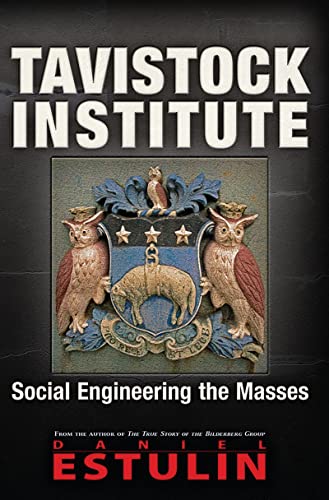
Tavistock and #LGBTQI+
Hugh Crichton-Miller was a doctor born in Genoa 1877, the son of a Scottish minister. Before becoming a minister, his father worked in Glasgow, where he supplied Garibaldi with provisions for the invasion of Sicily to unify Italy & remove Papal power. 🧵
Hugh Crichton-Miller was a doctor born in Genoa 1877, the son of a Scottish minister. Before becoming a minister, his father worked in Glasgow, where he supplied Garibaldi with provisions for the invasion of Sicily to unify Italy & remove Papal power. 🧵

Influenced by Jung & Freud, Hugh became interested in psychology & viewed the ‘unconscious motive’ as the great discovery of the age. In 1920 while in the UK, he opened a clinic where military doctors could use their experience to help civilians. This became the Tavistock Clinic. 



The Tavistock Institute of Human Relations grew out of the Tavistock Clinic, and became a separate entity in 1947. It was founded by a group of key figures from the Tavistock Clinic and British Army psychiatry. Thus taking the research from the public sector for military use. 

In 2014 the Tavistock launched a project to tackle inequalities relating to LGBTQI+ status and root out the pathologisation of homosexuality in our texts and teachings. In 2017 it incorporated the Gender Identity Clinic, one of the worlds oldest & largest trans treatment centres. 

The proportion of US adults who identify as LGBT has grown at a faster pace over the past year than in prior years. With 1 in 10 millennials and 1 in 5 Gen Z identifying as LGBT, the proportion of LGBT Americans should exceed 10% in the near future. This is all done by design. 

Tavistock work with the Portman Clinic and since the establishment of the GIC, gender has become a significant part of their work. I would say that much of the LGBTQI+ push in recent years has come form this institution. I cover how we are manipulated through language in my book. 

• • •
Missing some Tweet in this thread? You can try to
force a refresh































